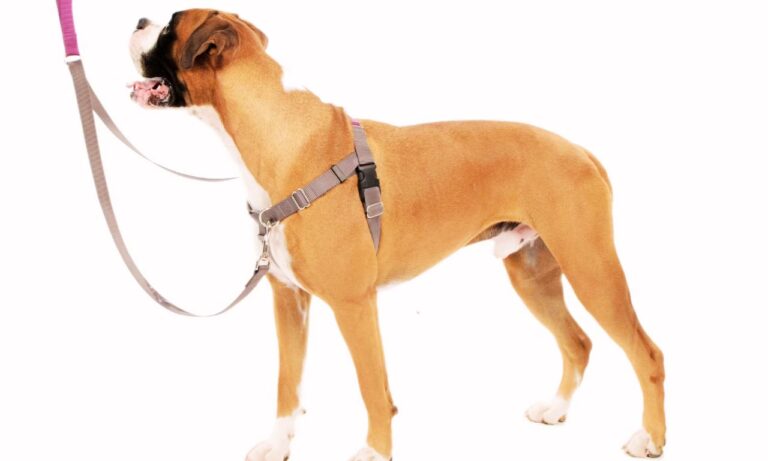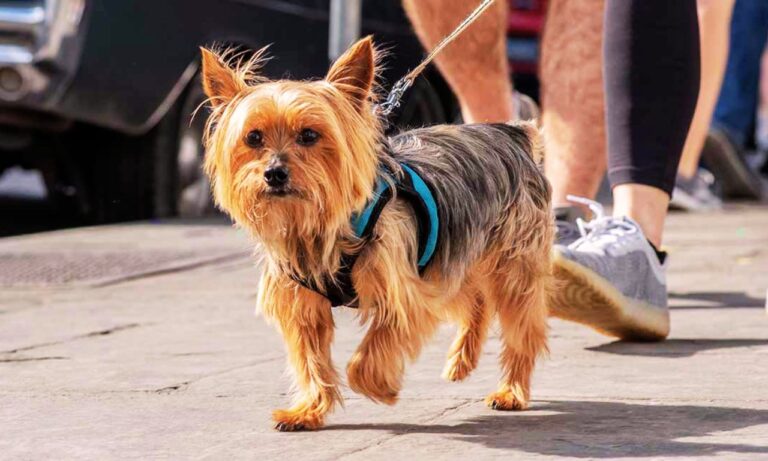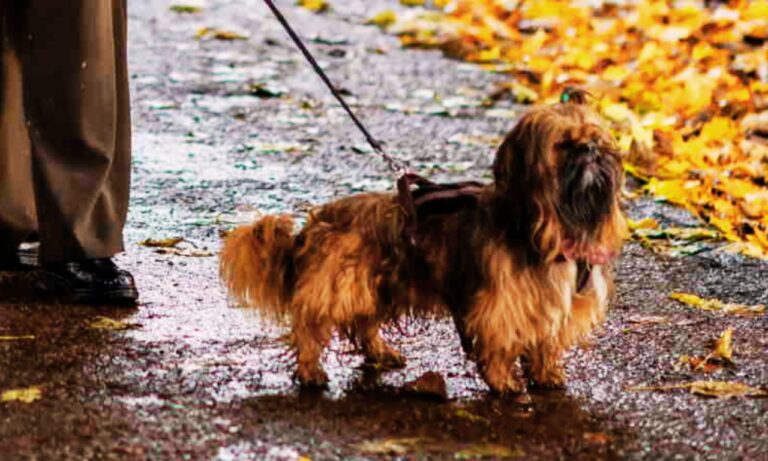Collies are known for their intelligence, agility, and strong herding instincts. While these traits make them excellent companions and working dogs, they can also lead to challenges during walks, particularly when it comes to pulling on the leash. If you find yourself constantly battling with your Collie to stay by your side, you’re not alone. So, How to stop a collie from pulling? Check out the best dog collars for Border Collie to find durable, stylish, and comfortable options for your active dog.
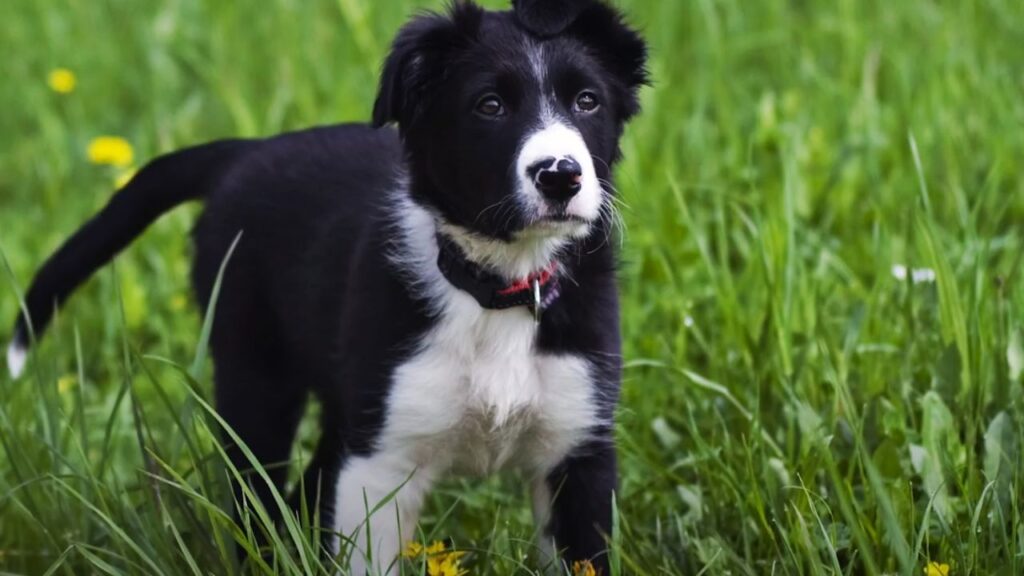
This guide provides effective strategies to help you train your Collie to walk calmly and enjoyably without pulling. Learn the best practices for putting a collar on thick-skinned dogs to ensure a comfortable and irritation-free fit.
Blog Highlights
ToggleHow to Stop a Collie from Pulling?
How to stop a collie from pulling? To stop a Collie from pulling, implement consistent training using positive reinforcement. Equip your dog with a suitable harness or no-pull collar, establish clear commands, and practice patience. Regular, structured walks and rewarding desired behavior will encourage your Collie to walk beside you calmly. Discover the benefits of using a harness by reading this guide on should a Collie wear a harness. Here’s a quick fix:
Step-by-Step Guide to Stop Your Collie from Pulling
Before addressing the behavior, it’s essential to understand why your Collie is pulling. Collies have strong herding instincts, which can make them eager to lead the way. They might also pull out of excitement, anxiety, or a desire to explore their environment. Recognizing the underlying cause will help tailor your training approach effectively.
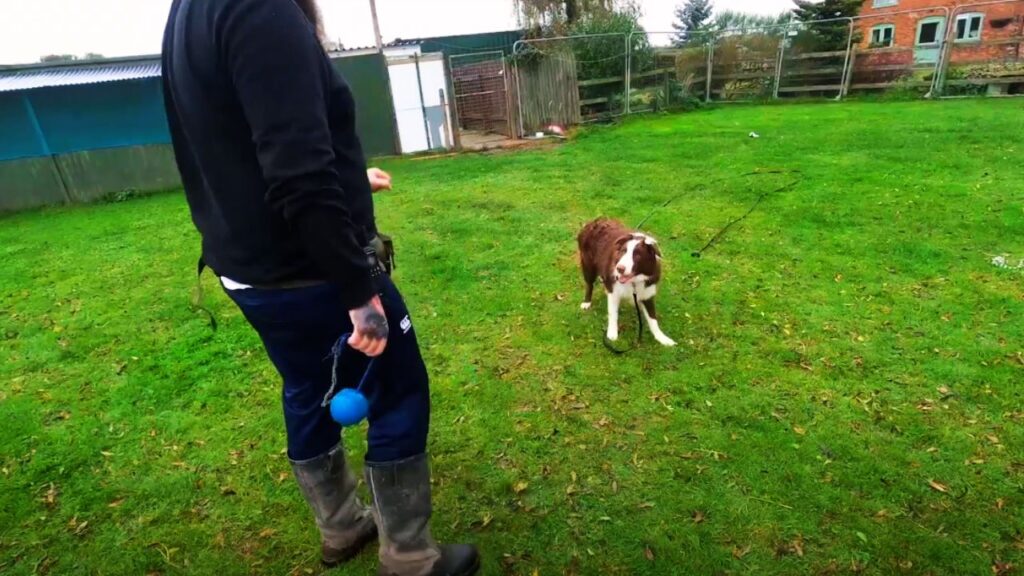
Choose the Right Equipment
Selecting appropriate walking gear is crucial in managing pulling behavior.
- Harnesses: Front-clip harnesses, such as the Gentle Leader or Halti, can redirect your Collie’s forward motion without causing discomfort.
- No-Pull Collars: These collars apply gentle pressure or emit a sound when your dog pulls, discouraging the behavior.
- Leashes: A sturdy, non-retractable leash (4 to 6 feet) provides better control compared to retractable ones, which can exacerbate pulling.
Step 01: Establish Clear Commands
Consistency is key in training. Introduce clear, distinct commands that your Collie can easily understand.
- “Heel” Command: Teach your dog to walk beside you without pulling. Use this command consistently during walks.
- “Stop” Command: If your Collie begins to pull, use this command to indicate that they should halt their forward motion.
Step 02: Positive Reinforcement Training
Reward-based training is highly effective for Collies, given their intelligence and desire to please.
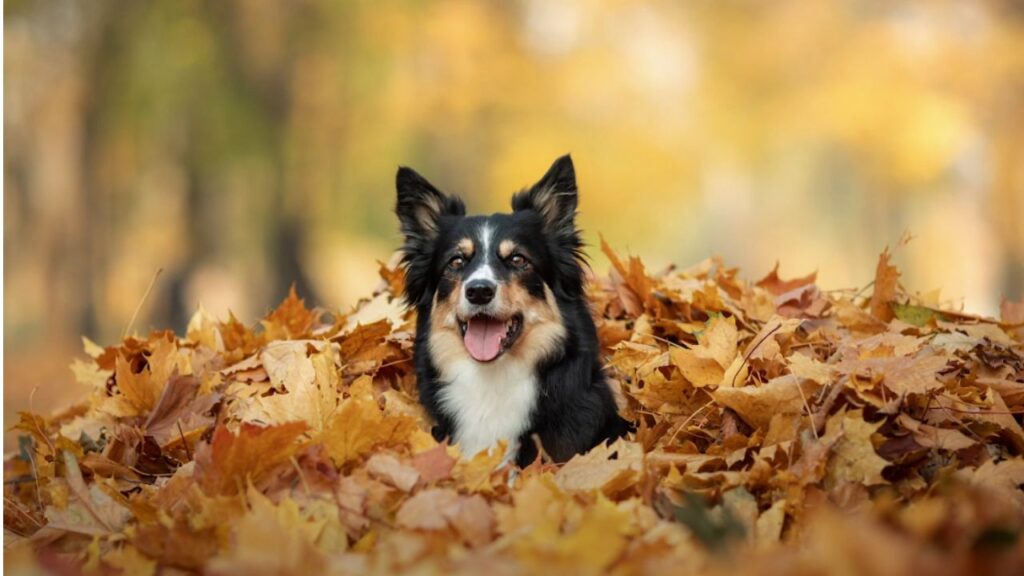
- Treats and Praise: Carry high-value treats and use enthusiastic praise when your Collie walks calmly beside you.
- Clicker Training: Incorporate a clicker to mark the exact moment your dog exhibits the desired behavior, followed by a reward.
Step 03: Implement the “Stop and Go” Technique
This method teaches your Collie that pulling doesn’t get them where they want to go.
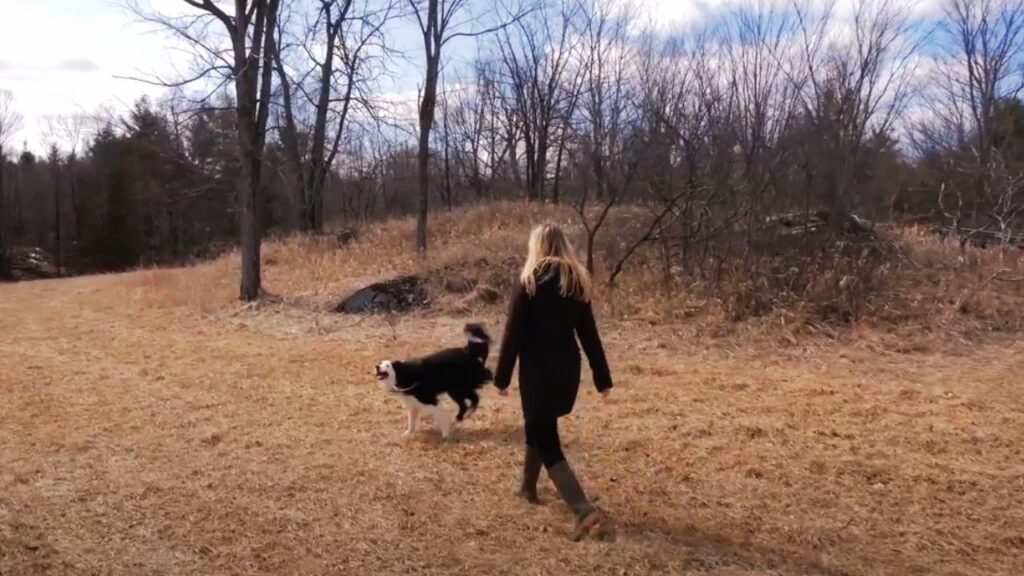
- Start Walking: Begin your walk with your Collie on a loose leash.
- Stop When Pulling: As soon as your dog starts to pull, stop walking immediately.
- Wait for Compliance: Wait until the leash is slack and your Collie returns to your side.
- Resume Walking: Once the leash is loose, continue walking.
- Repeat: Consistently applying this technique reinforces that pulling halts progress, while walking calmly allows movement forward.
Step 04: Use Direction Changes
Changing direction can disrupt your Collie’s pulling habit and redirect their focus.
- Start Walking Forward: Begin your walk as usual.
- Change Direction: If your dog starts to pull, turn and walk in the opposite direction.
- Encourage Attention: Use the “heel” command and reward your Collie when they follow you without pulling.
- Consistency: Regularly changing directions helps your dog stay attentive and reduces the tendency to pull.
- Daily Exercise: Provide at least an hour of vigorous activity each day, such as running, playing fetch, or agility training.
- Mental Games: Engage your Collie with puzzle toys, obedience training, or scent work to keep their mind occupied.
Step 05: Practice Short, Frequent Training Sessions
Short, consistent training sessions are more effective than long, sporadic ones.
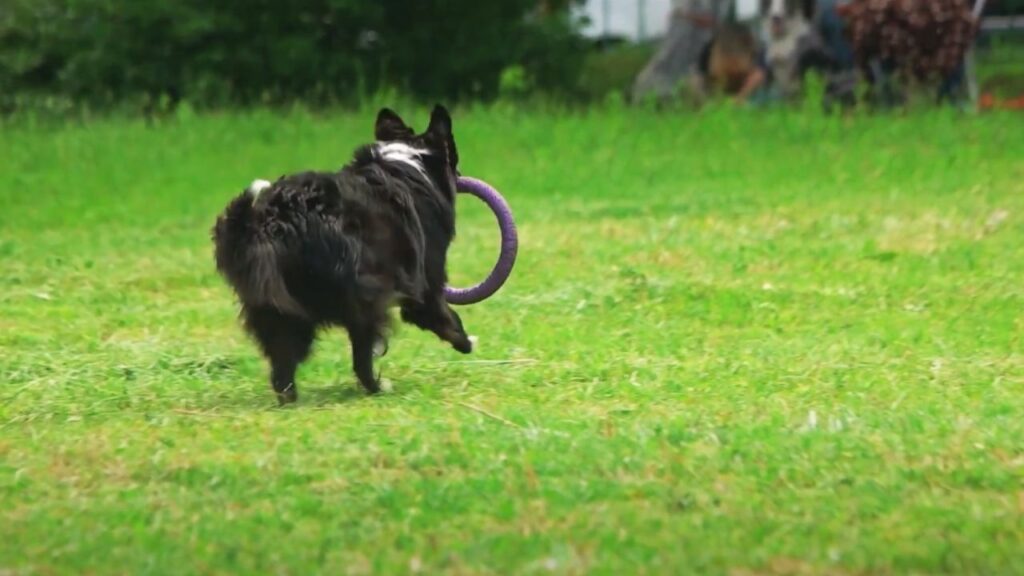
- Duration: Aim for 5-10 minute sessions multiple times a day.
- Focus: Concentrate on leash walking techniques and reinforcing calm behavior.
- Gradual Progression: Slowly increase the duration and complexity of training as your Collie improves.
- Stay Calm: Maintain a calm demeanor during training sessions.
- Redirect Behavior: Use positive redirection techniques instead of punishment.
- Build Trust: Foster a positive relationship based on mutual respect and understanding.
You Should Seek Professional Help if Needed
If your Collie continues to pull despite consistent training efforts, consider consulting a professional dog trainer or a veterinary behaviorist.
- Professional Guidance: A trainer can provide personalized strategies tailored to your dog’s specific needs.
- Behavioral Assessment: A specialist can assess if underlying issues, such as anxiety or hyperactivity, are contributing to the pulling behavior.
- Advanced Training Techniques: Professionals may employ advanced methods to address persistent pulling.
- Set Realistic Goals: Understand that behavior change takes time and celebrate small victories along the way.
- Maintain Routine: Stick to your training schedule and techniques consistently.
- Stay Positive: Keep training sessions enjoyable and reinforce positive behavior to motivate your Collie.
For a detailed guide on how to train a Bull Terrier with the right collar, check out this comprehensive article that outlines effective steps and techniques.
It is Good To Involve the Whole Family
Ensure that everyone interacting with your Collie follows the same training protocols.
- Unified Approach: Consistent commands and rewards from all family members reinforce the desired behavior.
- Avoid Mixed Signals: Ensure that no one inadvertently encourages pulling by using different walking techniques or commands.
- Track Improvements: Keep a journal of your training sessions, noting successes and areas needing improvement.
- Adapt Techniques: If a particular method isn’t effective, try alternative approaches or consult a professional for guidance.
- Celebrate Milestones: Acknowledge and reward significant progress to maintain motivation for both you and your Collie.
How to Ensure Proper Health and Well-being of Collie?
Sometimes, pulling can be a sign of discomfort or health issues.
- Regular Vet Check-ups: Ensure your Collie is free from pain or medical conditions that may cause discomfort during walks.
- Comfortable Gear: Make sure harnesses or collars fit properly to avoid causing pain or irritation.
- Balanced Diet: Provide a nutritious diet to support your Collie’s overall health and energy levels.
How To Maintain a Positive Environment For Collie?
Creating a positive and stress-free walking environment encourages your Collie to enjoy walks without pulling.
- Choose Calm Routes: Opt for walking paths with fewer distractions to help your dog focus on you.
- Gradual Exposure: Slowly introduce your Collie to busier areas as they become more comfortable walking calmly.
- Stay Relaxed: Your calm demeanor will influence your Collie’s behavior, making walks more enjoyable for both of you.
How to Deal with Challenging Conditions with Collie?
Dealing with challenging conditions with your Collie requires understanding their unique traits and needs. Collies are intelligent, energetic, and highly sensitive dogs, making them both wonderful companions and sometimes demanding pets.
Whether it’s navigating harsh weather, managing behavioral issues, or addressing health concerns, effective strategies are essential to ensure your Collie remains happy and healthy. Determine the ideal collar size for a Bernese Mountain Dog with this guide.
Challenge 1: Collie Ignores Commands
If your Collie consistently ignores your commands, reassess your training approach.
- Increase Reward Value: Use higher-value treats or rewards that are more enticing.
- Minimize Distractions: Train in environments with fewer distractions to help your dog focus.
- Shorten Commands: Use shorter, more distinct commands to capture your Collie’s attention.
Challenge 2: Collie Becomes Anxious
An anxious Collie may pull out of fear or uncertainty.
- Create a Safe Environment: Ensure walks are predictable and free from sudden changes.
- Gradual Desensitization: Slowly expose your dog to anxiety-inducing stimuli, pairing exposure with positive reinforcement.
- Consult a Professional: Seek guidance from a behaviorist if anxiety persists.
Challenge 3: Inconsistent Training Results
Inconsistency can hinder progress in training.
- Stick to a Routine: Maintain a regular training schedule to build habits.
- Unified Family Effort: Ensure all family members follow the same training protocols.
- Regular Reinforcement: Continuously reinforce desired behaviors to prevent regression.
The Importance of Building a Strong Bond
Training your Collie to stop pulling is not just about managing behavior; it’s about strengthening the bond between you and your dog. A well-trained Collie that walks calmly beside you reflects a deep mutual understanding and respect. This bond enhances your relationship, making daily interactions more enjoyable and fulfilling for both of you.
1. Engage in Shared Activities
Participate in activities that both you and your Collie enjoy, such as hiking, agility training, or obedience classes. These shared experiences reinforce teamwork and communication, further reducing pulling behavior.
2. Show Affection and Appreciation
Regularly express love and appreciation through petting, verbal praise, and quality time. A Collie that feels loved and valued is more likely to respond positively to training and follow your lead willingly. Explore if mountain dogs are good pets and suitable for your home.
3. Be a Consistent Leader
Establishing yourself as a consistent and fair leader helps your Collie understand boundaries and expectations. Clear leadership fosters trust and respect, making training more effective and your walks more harmonious.
Wrapping Up:
Training your Collie to stop pulling requires a combination of the right equipment, consistent training techniques, and a deep understanding of your dog’s behavior. By implementing positive reinforcement, establishing clear commands, and ensuring your Collie receives adequate physical and mental stimulation, you can transform your walks into pleasant and stress-free experiences. Hope so, now you know How to stop a collie from pulling.
Remember, patience and consistency are paramount in achieving lasting results. With dedication and the strategies outlined in this guide, you and your Collie can enjoy harmonious walks together, strengthening your bond and enhancing your mutual enjoyment of outdoor adventures. Find out whether collars are bad for a dog’s neck and fur and how to avoid common issues.


